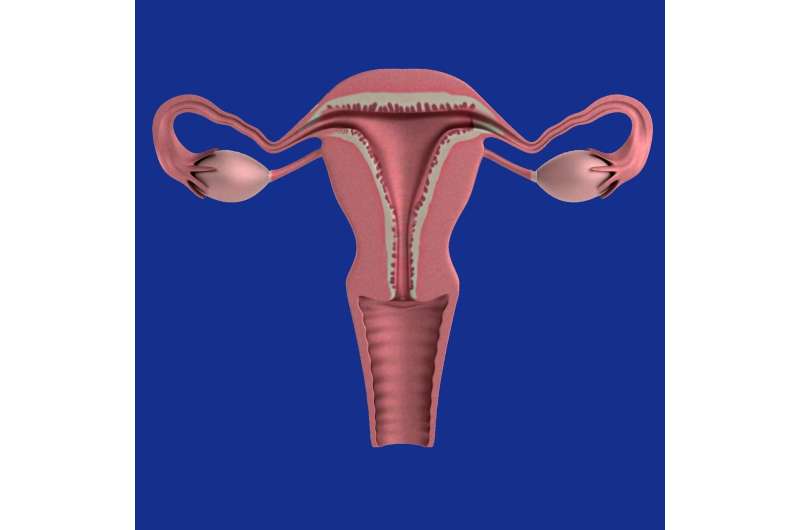Reducing Unnecessary Hospital Visits for Impaired and Terminal Nursing Home Residents

A significant portion of hospital transfers for impaired and terminal nursing home residents are avoidable, leading to better care and lower costs through improved protocols and staffing strategies.
Hospitalizations and emergency room visits are often distressing, costly, and sometimes avoidable for nursing home residents, especially those with severe impairments or terminal conditions. Despite their vulnerability, many of these individuals are transferred to hospitals more frequently than necessary. Recent research indicates that up to 40% of such transfers over the last 25 years could be prevented with proper care strategies.
These avoidable hospital transfers not only cause physical and emotional discomfort for residents and their families but also contribute to complications acquired in hospital settings, increasing healthcare costs significantly. In the United States alone, transfers from nursing homes to hospitals are estimated to cost approximately $14.3 billion annually, mostly covered by Medicare.
A comprehensive study conducted by researchers from Florida Atlantic University and collaborators analyzed data from 264 nursing homes across the U.S. using the INTERACT program, which focuses on reducing unnecessary hospital transfers. The study examined causes behind hospitalizations and emergency visits among over 6,000 severely impaired residents and over 5,800 terminally ill residents.
Findings revealed that about one-third of hospitalizations among the severely impaired group were potentially preventable. Nearly 20% of these residents visited the emergency department without being admitted, with 70% of these visits deemed preventable. For terminally ill residents, hospital visits and ER trips were less frequent but even more preventable, with 80% of emergency visits potentially avoidable.
The most common reasons for hospital transfers included complications from feeding tubes, falls, head trauma, infections like urinary tract infections (UTIs), pneumonia, and heart failure. Certain diagnoses such as UTIs, seizures, hypotenension, pneumonia, and kidney issues were more frequently associated with avoidable hospitalizations. UTIs, in particular, are often over-diagnosed and over-treated despite existing clinical guidelines.
Experts emphasize that many of these conditions can be better managed within nursing homes through improved protocols, timely interventions, and comprehensive care planning. Proper advance care directives and family understanding of care options also play crucial roles in preventing unnecessary transfers. Barriers such as reluctance to enroll in hospice care and financial limitations need addressing to facilitate these improvements.
Dr. Joseph G. Ouslander, senior author and geriatric medicine professor, highlighted the importance of empowering nursing home staff, enhancing staffing levels, and involving skilled medical professionals to mitigate unnecessary hospitalizations. Policy changes supporting adequate resources, staffing standards, and payment models aligned with person-centered care are essential for meaningful progress.
Ultimately, reducing avoidable hospital transfers can significantly improve residents’ quality of life, decrease healthcare costs, and promote more appropriate, compassionate care for some of the most vulnerable populations in nursing homes.
Stay Updated with Mia's Feed
Get the latest health & wellness insights delivered straight to your inbox.
Related Articles
Widespread Drug-Resistant Salmonella in Uganda's Poverty-Stricken Region
A recent study uncovers high levels of drug-resistant Salmonella contaminating food and water in Uganda's poorest region, posing serious health risks to children and communities. Efforts focus on improving hygiene, sanitation, and surveillance to combat this emerging threat.
Innovative NIH Toolbox Enhances Early Infant Development Assessment from 16 Days Old
A new NIH-developed tool offers a standardized, technology-based assessment of infant development from just 16 days old, allowing early detection of developmental delays for better intervention outcomes.
Global Health Research Gaps Narrow, but Risks of Future Divergence Loom
A recent study reveals that while progress has been made in aligning global health research with disease burdens, risks of widening gaps—especially in non-communicable diseases—pose future challenges. Funding and collaboration are key to addressing these issues.
New Hampshire Becomes First State Mandating Sterilization Requests Be Honored by Medical Professionals
New Hampshire has become the first U.S. state to mandate that doctors perform sterilizations upon patient request, emphasizing reproductive rights and autonomy amidst evolving reproductive legislation.



